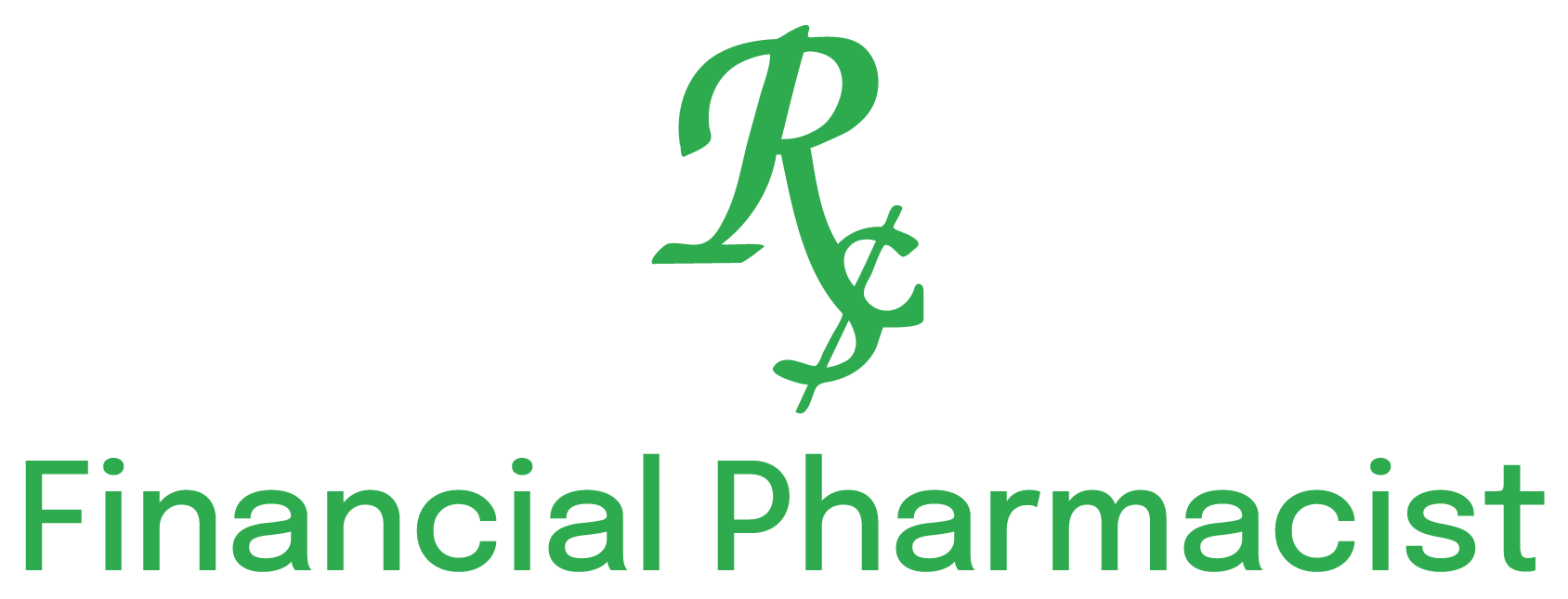Blog
Don’t Get Spooked by These Investing Myths
As Halloween draws near and pumpkins line our doorsteps, it's easy to let the eerie atmosphere seep into our view of the financial world. Ghosts and goblins may haunt our porches, but it's...
Read more
Empowering Young Professionals During Financial Planning Month
October marks National Financial Planning Month, making it the perfect time to empower young professionals and aspiring pharmacists with smart, actionable financial knowledge. In today's digital...
Read more
Planning Ahead: 4 Smart Financial Moves to Make Now
The Countdown is On: Tackle Your Finances Before Year-EndAs the end of the year rapidly approaches, now is the perfect time to take charge of your financial planning. We get it—the list of...
Read more
5 Key Economic Terms Explained
Economic jargon can often feel overwhelming, especially when you’re trying to make informed decisions about your financial future. Headlines are filled with terms that can seem complex to those not...
Read more
Essential Back-to-School Financial Planning Tips
Embracing the Back-to-School Financial TransitionAs the back-to-school season rolls around, the shift in family routines coupled with financial pressures can be overwhelming. Whether you're...
Read more
Why a Human Financial Advisor Matters More Than AI
Understanding the Human TouchIn the rapidly evolving world of finance, technology continuously offers us new tools to manage our money. However, the core of financial advising is deeply rooted in...
Read more
Collaborating for Success: Fee-Only Advisors and Asset Managers
Understanding the RolesTo effectively collaborate for a client's benefit, it's important to first understand the unique roles of both a fee-only financial advisor and an asset manager. A fee-only...
Read more
Alternatives to Tapping Your Retirement for Debt
In today's economy, many individuals face difficult financial decisions amidst rising inflation and the threat of a recession. With the average credit card debt reaching $9,000 per household in...
Read more
Essential Financial Terms for Empowering Decisions
April is Financial Literacy Month, a perfect time to acquaint yourself with key financial concepts that can empower you to make smarter money decisions. Understanding these terms puts you in...
Read more
Navigating Retirement: Friendly Tips for a Secure Future
The world has been changing at a dizzying pace, and it's no surprise if you're feeling a bit uncertain, especially when it comes to planning for retirement. Reflecting on challenging times, like...
Read more
Understanding the Distinction: Certified Financial Planner vs. Financial Advisor
Setting the Stage: Financial Guidance in Today's WorldIn an era where financial literacy is pivotal and economic environments are ever-changing, the roles of financial advisors and Certified...
Read more
10 Mistakes to Avoid When Preparing for a Mortgage
Are you gearing up to buy your dream home or invest in real estate? Preparing for a mortgage application can be both exciting and daunting. To navigate the process with ease, here's a rundown of...
Read more
Preparing for a CCRC Application: Teamwork and Tips
Navigating the application process for a Continuing Care Retirement Community (CCRC) can be intricate. As clients ponder this significant lifestyle transition, a collaborative approach involving a...
Read more
Understanding the Essentials of Beneficial Ownership Reporting
As the landscape of business transparency evolves, staying updated on legal obligations is crucial for every company. A key aspect of this is understanding and adhering to the requirements of...
Read more
Financial Security: Protect Yourself!
In today’s digital age, financial security is under constant threat. From data breaches to identity theft, protecting your personal information is crucial. At The Financial Pharmacist, Inc., we are...
Read more
Should You Roll Over Your 401(k) Into a Self-Directed IRA?
When it comes to managing your retirement savings—whether you're changing jobs or preparing for retirement—you might be wondering if it's a good idea to roll your 401(k) into a self-directed...
Read more
Estate Planning for Singles
When we think about estate planning, it's often associated with complex family dynamics and ensuring the well-being of multiple dependents. But as a single person, estate planning is no less...
Read more
Aligning Your Portfolio with Your Risk Tolerance
I am often asked why I insist that clients and prospects complete the Risk Tolerance Questionnaire with its weird and wacky questions. The reason why is that your personal...
Read more
Digital Assets and Estate Planning
Ensuring that your digital assets are included in your estate plan is a crucial aspect of modern estate planning. Here’s a step-by-step guide to help you organize and manage your digital assets:...
Read more
Essential Financial Tips for Hurricane Season
As we navigate through this year's hurricane season, it's crucial to remember that protecting your home and belongings is just one aspect of preparation. At The Financial Pharmacist, Inc., we...
Read more
Funding Your Child’s Education: Tips for Parents
Navigating the financial landscape of higher education can be daunting for both parents and students alike. With tuition more than doubling since the 1960s and annual expenses at top-tier schools...
Read more
Maximizing Home Value: Renovation Projects with the Best ROI
In an era where mortgage rates are stubbornly high, a significant number of homeowners are looking into their home equity as a financial tool to fund renovations or consolidate debt. Interestingly,...
Read more
Assessing Your Risk Tolerance
In the ever-evolving landscape of the financial market, understanding your risk tolerance has never been more crucial. The Financial Pharmacist is dedicated to helping you recognize your unique...
Read more
Roth IRA vs. Traditional IRA: Making the Right Choice for Your Future
The Financial Pharmacist, Inc. presents a detailed comparison between Roth IRAs and Traditional IRAs, crucial for informed financial planning. This blog post, aligned with Levitate's campaign,...
Read more
Maximizing Inherited 401k Plans and IRAs: A Comprehensive Guide
Recently, I’ve had several clients reach out, unsure of what steps they need to take with a recently inherited 401(k) or IRA. It can be a difficult process to navigate, especially since a...
Read more
The Four Pillars of Estate Planning: Securing Your Legacy
Estate planning is a crucial aspect of financial management that often gets overlooked or delayed. However, it is essential to ensure that your assets are protected and distributed according to...
Read more
Retirement Residence Styles - Helping Elderly Parents Age in Place
As the years pass, many older adults express their desire to age gracefully in the comfort of their homes. According to studies, a staggering 90% of seniors aspire to stay in their familiar...
Read more
401(k) to Self-Directed IRA in 6 Steps
Rolling over your 401(k) from a previous employer into a self-directed Individual Retirement Account (IRA) can offer you greater control and flexibility over your retirement savings. A self...
Read more
Long-Term Care: How to Financially Prepare
Planning for long-term care needs and future medical expenses is an important aspect of financial planning. The cost of long-term care is on the rise, particularly for home-based services, as the...
Read more
Your Quick Guide to 529 Plans
If you’ve been thinking about saving for your child’s college education, you may have come across the term “529 plan.” A 529 plan is a tax-advantaged savings plan designed specifically for...
Read more































